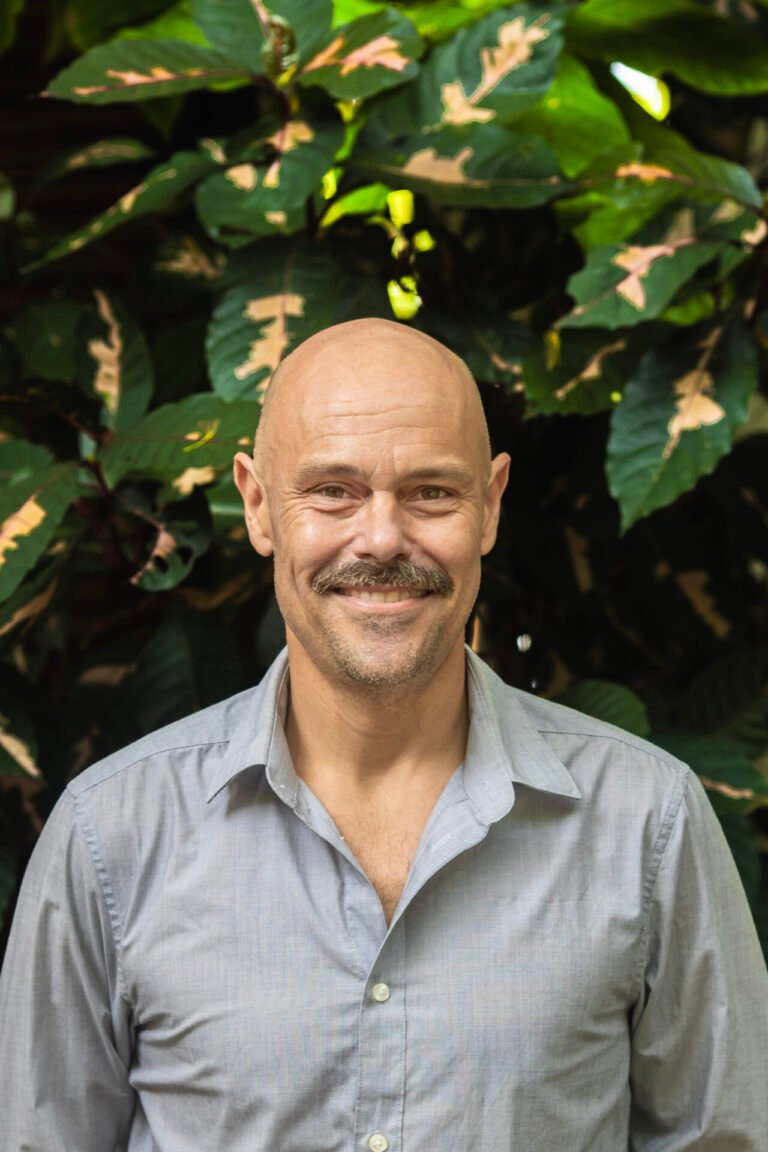
Started in 2008 by Canadian-Costa Rican citizen Saul Rasminsky, our small agency has steadily grown over the years. We're committed to creating the best possible experience for both buyers and sellers and we work alongside our clients from their first contact with us through every step of the journey.
Our experienced and enthusiastic agents cover a large area of Southern Costa Rica including the towns of Dominical, Uvita, Ojochal, Hatillo, Matapalo, Platanillo, Tinamastes, San Isidro, Quepos, Manuel Antonio, Jaco and Pavones.
Whether you're looking to purchase your dream home, a small business, an investment property, or a farm, we're here to help make the process as easy as possible. And, of course, if you're looking to sell a property, we're here to put all of our marketing expertise to work for you.
Pura Vida!







